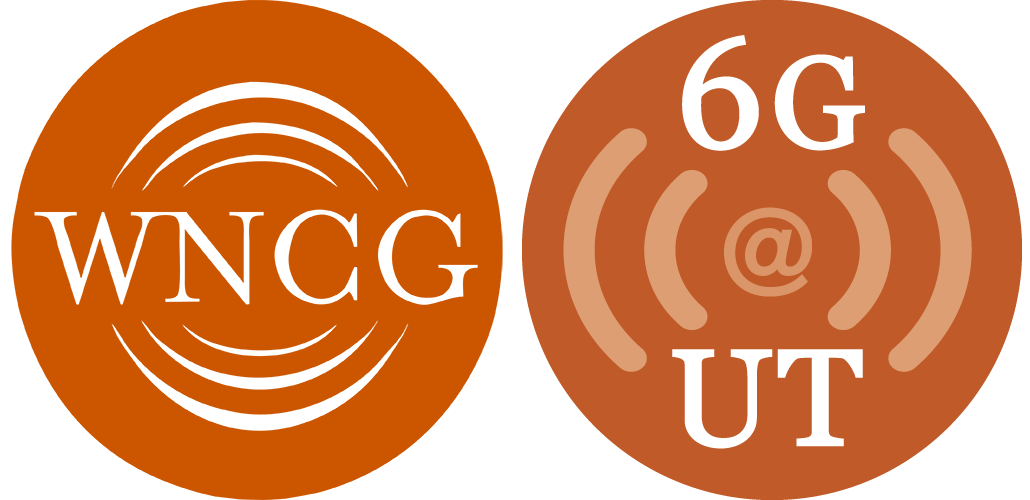Event Status
Scheduled
Inter-cell interference coordination (ICIC) and intra-cell diversity (ICD) play important roles in improving cellular downlink coverage. ICIC ensures that users in nearby cells are assigned with orthogonal resource blocks (RBs). ICD transmit the same information to the users using multiple RBs and allow the user to combine different versions of the packet. While the idea behind ICIC and ICD are quite different, they share the important property of improving the user experience by assigning additional resources and thus are comparable.
Modeling cellular base stations (BSs) as a homogeneous Poisson point process (PPP), we provide explicit finite-integral expressions for the coverage probability with ICIC and ICD, taking into account the temporal/spectral correlation of the signal and interference. In addition, we show that in the high-reliability regime, where the user outage probability goes to zero, ICIC and ICD affect the network coverage in drastically different ways: ICD can provide order gain while ICIC only offers linear gain. In contrast, in the high-spectral efficiency regime where the SIR threshold goes to infinity, the order difference in the coverage probability does not exist, however the linear difference makes ICIC a better scheme than ICD for realistic path loss exponents. Consequently, depending on the SIR requirements, different combinations of ICIC and ICD optimize the coverage probability.
Event Details
Date and Time
April 10, 2014, All Day

